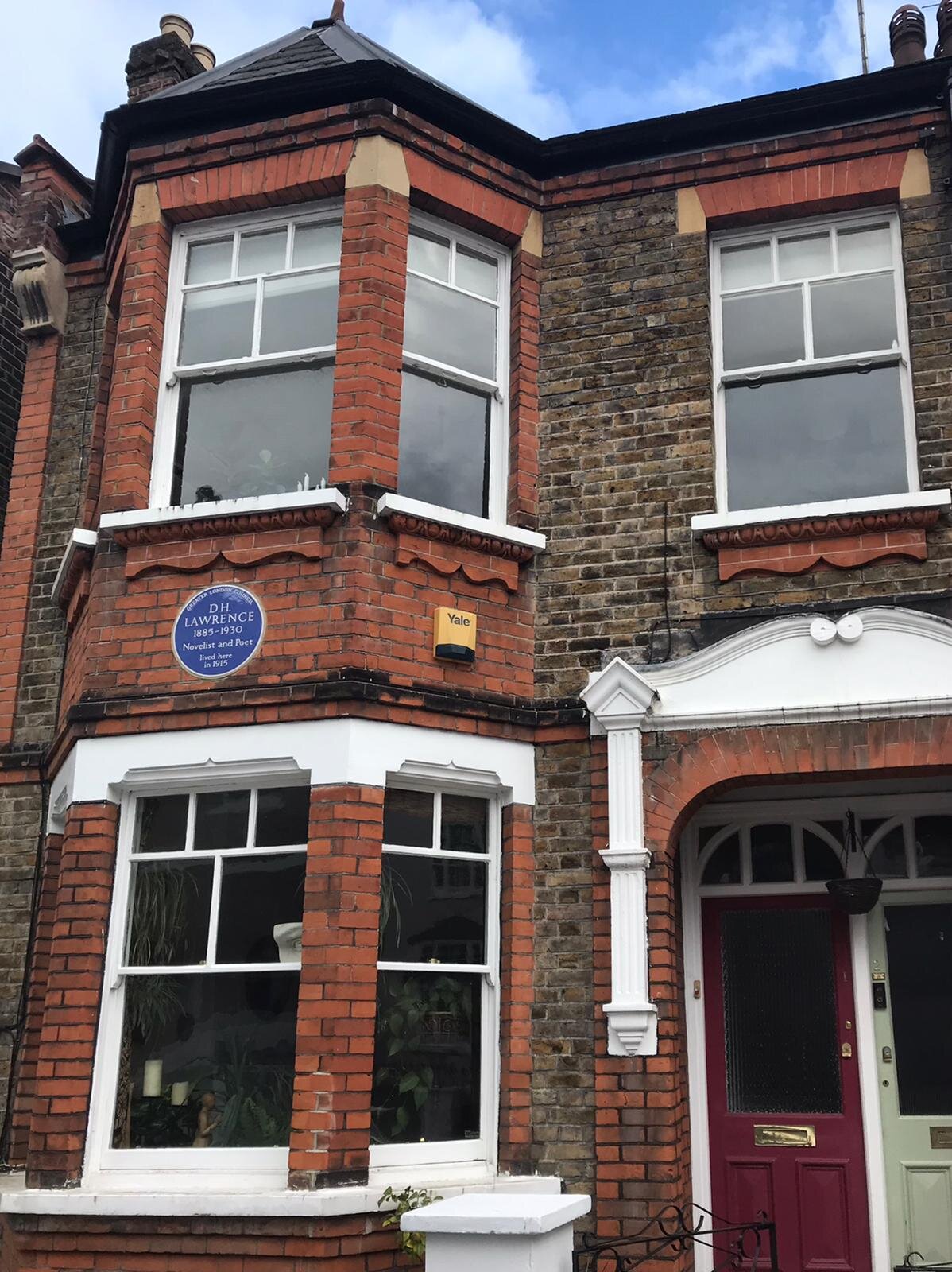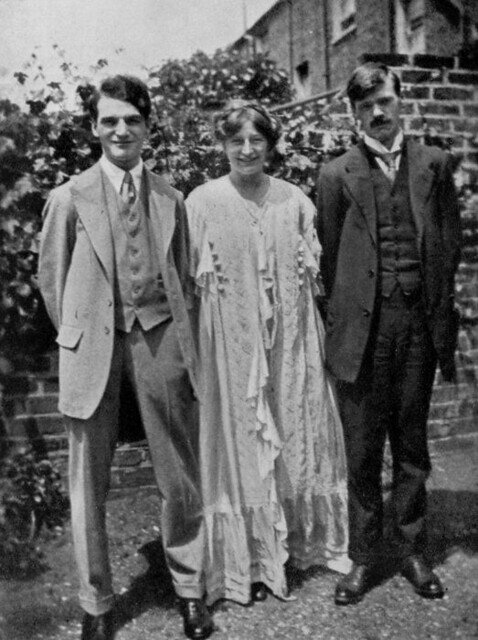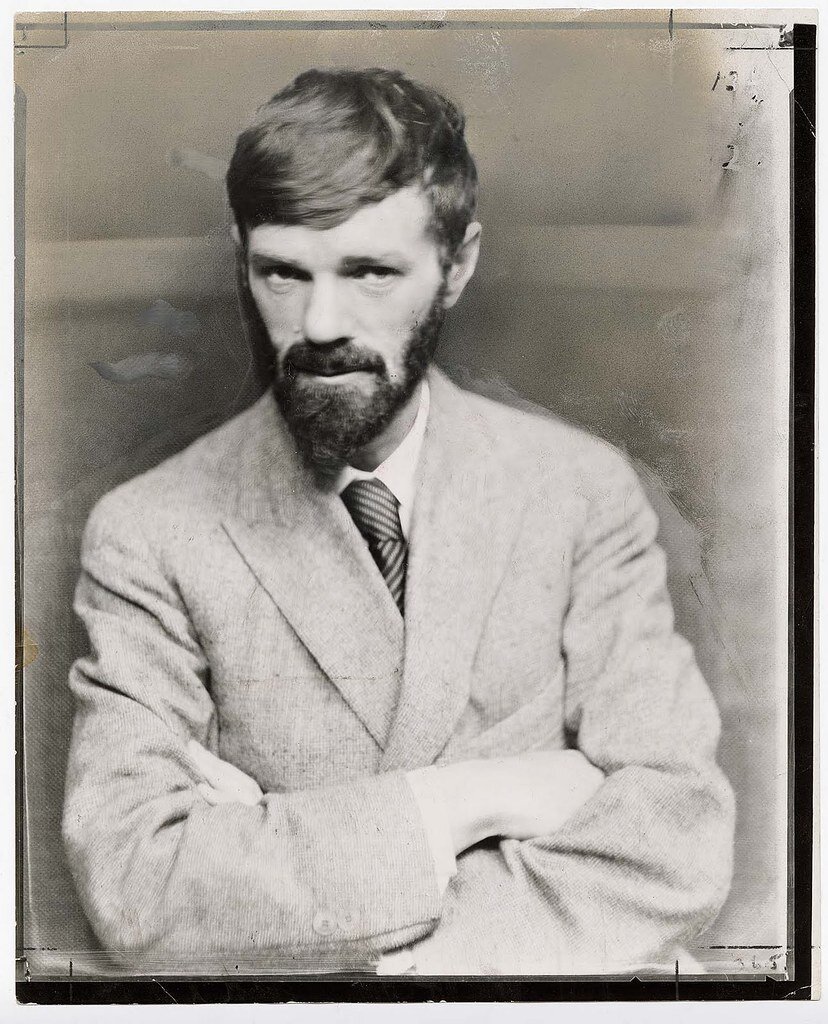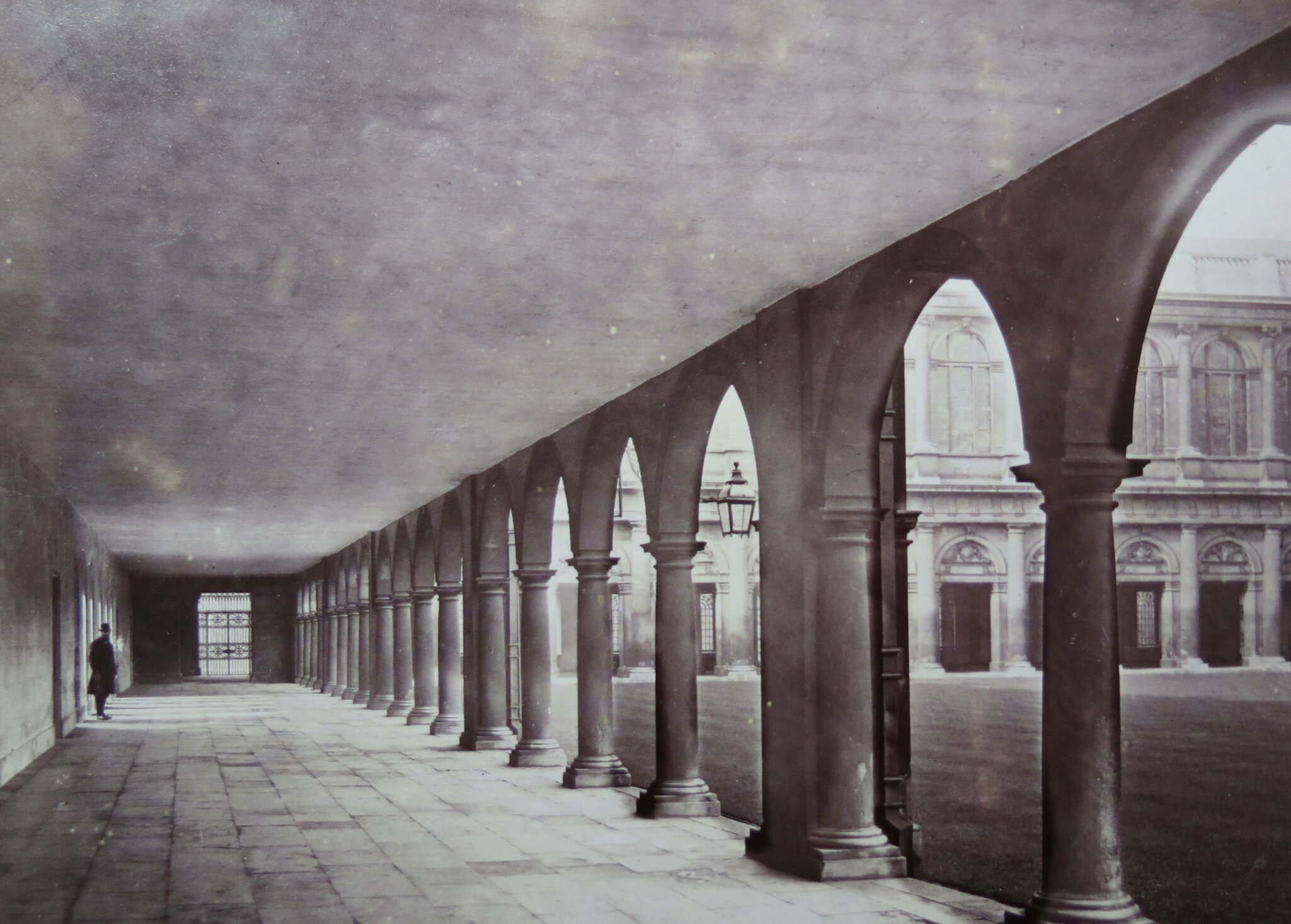D.H. Lawrence, Burning Man: Frances Wilson (1915)
Frances Wilson, (c) Jonathan Ring
In this episode we delve into a dark and turbulent year in the life of one of Britain’s most controversial literary geniuses – D.H. Lawrence. Our expert guide is the award-winning biographer and critic, Frances Wilson, whose latest book, Burning Man: The Ascent of D. H. Lawrence focuses on the middle period of the writer’s life between 1915 and 1925.
*** [About our format] ***
In 1915, D.H. Lawrence published his ‘big and beautiful book’, The Rainbow. Despite being considered one of his finest novels today, within a year of its publication The Rainbow was censured by the state for obscenity and the remaining 1,011 copies of it were burnt by a hangman outside the Royal Exchange. No specific instances of ‘obscenity’ were mentioned in the book’s trial, leading Lawrence to conclude that it was he, and not his work, that was being silenced.
Lawrence was unusual amongst the Edwardian literary elite of his day. He was recognised as a genius by the likes of Ford Madox Ford but was regularly patronised by his upper-class literary contemporaries who struggled to see past his working-class, mining background.
Lawrence’s Hampstead home. Byron Villas, Vale of Health, Hampstead, London, NW3 1AR (Artemis Irvine)
What’s more, he was anti-war and had a German wife, the indomitable Frieda. Published in the context of the outbreak of the First World War, the fact The Rainbow was dedicated to Lawrence’s German sister-in-Law made it unpatriotic and unpopular.
The destruction of the book was deeply distressing for Lawrence and marked a turning point in his creative and personal life. Frances Wilson describes the ‘two Lawrences’ that make up his difficult and complex character. The first Lawrence, she tells us, was sensitive, thoughtful and wrote beautifully about nature, women and love. The second was angry, hostile and misogynistic. In her view, the rejection of The Rainbow, pushed Lawrence to embrace this second self more often and his writing became increasingly provocative.
He quickly resolved to leave England forever, as soon as the war was over. In the meantime, he and Frieda lived in a house in the Vale of Health, an eerily quiet residential area hidden away behind the wilderness of Hampstead Heath. From there, the couple watched the war unfold across London.
In our final scene we return to the start of 1915, when Lawrence was invited for dinner at High Table at Trinity College, Cambridge by Bertrand Russell. During a visit to the rooms of John Maynard Keynes, Lawrence became aware of the economist’s homosexuality and was horrified. The incident caused him to suffer something akin to a nervous breakdown – the first bad omen of this dark year in his life.
***
Click here to order Frances Wilson’s book from John Sandoe’s who, we are delighted to say, are supplying books for the podcast.
*** Listen to podcast ***
Show notes
Scene One: November - Bow Street Magistrates Court, where D H Lawrence’s novel, The Rainbow, is tried for obscenity and the remaining 1.011 copies burnt by a hangman outside the Royal Exchange. Lawrence is not present at either event, but the destruction of his ‘big and beautiful book’ will impact dramatically on the direction of his writing.
Scene Two: November - The Vale of Health at the top of Hampstead Heath, where Lawrence and his wife, Frieda, are living in house in a row called Byron Villas. Lawrence now decides that he will become, like Byron himself, a literary outlaw: ‘I will retire out of the herd and throw bombs into it.’
Scene Three: March - Trinity College, Cambridge, where Lawrence, the son of a coal miner, is invited to High Table by Bertrand Russell. This is his first visit to the ancient university. After being paraded around like a pet, he gets a taste of Bloomsbury homosexuality and is horrified. A ‘little madness’ passes into him and for the next few weeks he loses his mind.
Memento: A first edition copy of The Rainbow, snatched from the flames of the fire.
People/Social
Presenter: Artemis Irvine
Guest: Frances Wilson
Production: Maria Nolan
Podcast partner: Colorgraph
Follow us on Twitter: @tttpodcast_
Or on Facebook
See where 1915 fits on our Timeline
About Frances Wilson
Frances Wilson is a biographer and critic. How to Survive the Titanic: Or, The Sinking of J Bruce Ismay won the Elizabeth Longford Historical Biography Award, and Guilty Thing: A Life of Thomas De Quincey was long listed for the Bailey Gifford Prize. Burning Man: The Ascent of D H Lawrence is her sixth book.
Following D.H. Lawrence through 1915
Background Map: Library of Congress
Featured images
D.H. Lawrence (centre) is also pictured with his wife Frieda (left). To the right is Nevile’s Court, Trinity College, Cambridge.
As discussed in the episode, the Vale of Health in Hampstead. (Artemis Irvine)
Listen on YouTube
Explore other years from World War One
Radical Resistance: Dr Diane Atkinson (1914)
1914 is a year most commonly associated with the beginning of a world-changing war. But as hostilities broke out on Continental Europe, in the towns and cities of Britain a different kind of conflict was already well-underway. In this podcast Dr Diane Atkinson takes us from the squares of England’s […]
Total War: Simon Heffer (1916)
The mood across Britain at the end of 1915 was one of disbelief. A war that many had predicted would be over in months was only intensifying. There was stalemate on the Western Front. Newspaper columns were filled with examples of German “frightfulness”, such as the execution of Edith Cavell, and there was growing doubts in Westminster about Prime Minister Herbert Asquith’s ability to lead the country.
Square Haunting: Francesca Wade (1917)
In this episode of Travels Through Time the biographer Francesca Wade takes us to the fringes of London’s Bloomsbury, to explore a fascinating generation of poets, writers and publishers who passed through Mecklenburg Square.
Women at War: Patricia Fara (1918)
While the suffragettes demand and deserve our attention, another group of pioneering women have remained in marginal obscurity. These highly-educated and capable women distinguished themselves by working in professions that had hitherto been dominated by men. They were aircraft […]
Click here to order Burning Man: the Ascent of D H Lawrence by Frances Wilson from our friends at John Sandoe’s Books.
Focusing on three periods – Cornwall in 1915, post-war Italy, and the mountains of New Mexico in the 1920s, FW brings this complex figure – inspired, inspiring and ruthless – vividly to life. (John Sandoe’s)













